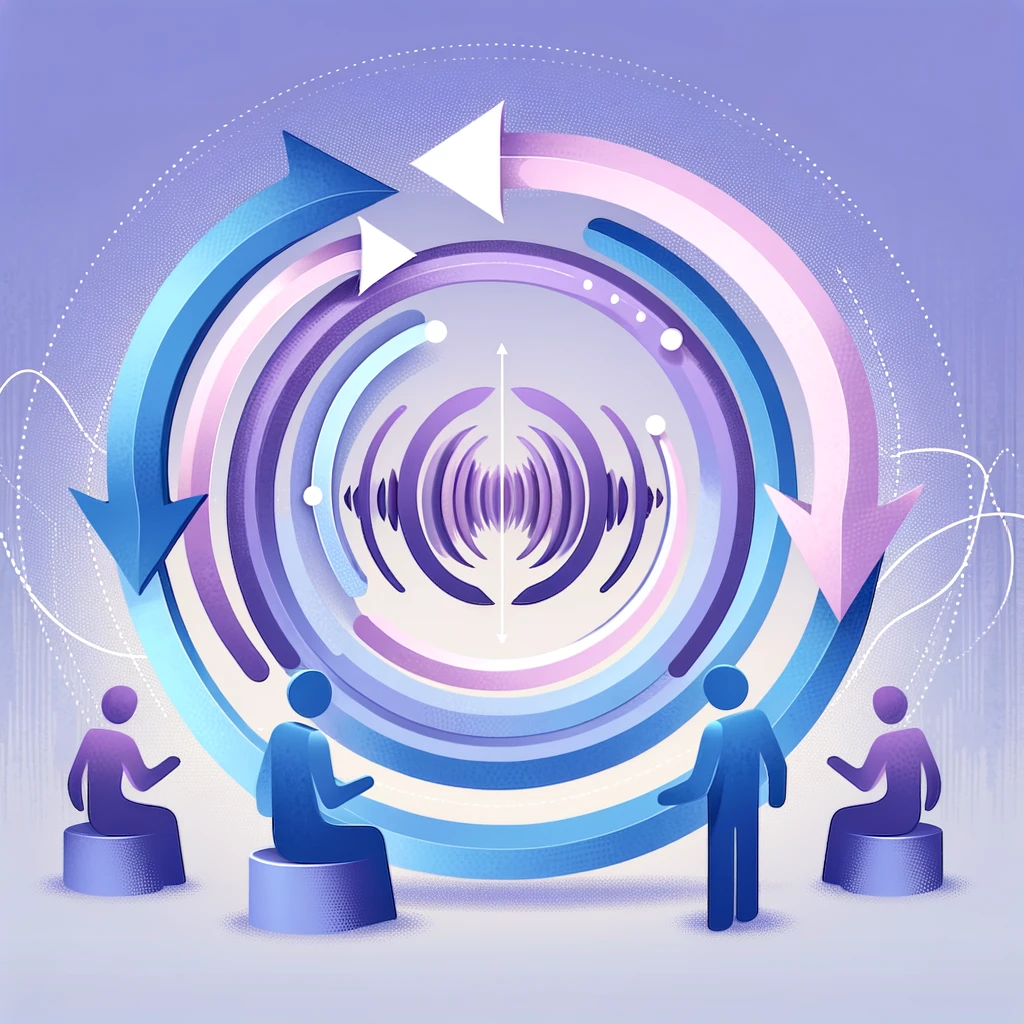Employee Goals: The Role of Continuous Feedback in Achieving Success
Continuous feedback is a critical component of effective management and plays a pivotal role in helping employee goals being met. This blog post explores how regular, constructive feedback supports employees and offers tips for establishing effective feedback mechanisms and communication channels.
Employee Goals: The Impact of Continuous Feedback
Regular feedback provides employees with immediate insights into their performance, allowing them to adjust their actions and behaviors in real-time. This process not only accelerates learning and development but also enhances motivation by acknowledging efforts and improvements. Continuous feedback ensures that employees are not left wondering about their performance but have a clear understanding of how they are doing and what they can do to improve.
Establishing Effective Feedback Mechanisms
To make feedback most effective, it should be integrated into the daily work routine rather than being saved for formal review sessions. Here are some tips for creating robust feedback mechanisms:
- Set Clear Expectations: Begin by setting clear, achievable goals. Employees need to understand what is expected of them and how their performance will be evaluated.
- Choose the Right Tools: Utilize tools and platforms that facilitate easy and ongoing communication. Whether it’s through regular one-on-one meetings, digital platforms like performance management software, or instant messaging tools, the key is to keep the lines of communication open.
- Encourage a Two-Way Dialogue: Feedback should not be a one-way street. Encourage employees to give their input and ask questions. This approach helps in clarifying doubts and making them feel valued and heard.
- Focus on Constructive Insights: Ensure that feedback is always constructive. Highlight what the employee is doing well and provide specific suggestions for how they can improve. Avoid criticism that is vague or directed at the person rather than their actions.

Employee Goals: Communication Channels for Feedback
Choosing the right communication channels is crucial for effective feedback. Each channel has its own set of advantages and can be used based on the context and content of the feedback.
- In-Person Meetings: Best for detailed feedback and discussions where body language and tone are important. These meetings provide a personal touch and are more engaging.
- Emails and Written Reports: Suitable for formal and detailed feedback, especially when documentation is necessary. Written feedback allows employees to refer back to the comments at a later time.
- Real-Time Digital Tools: For immediate feedback, real-time communication tools can be very effective. They allow managers to quickly commend an employee for a job well done or provide prompt guidance to correct course.
Creating a Culture of Feedback
Building a culture that embraces feedback is essential. This culture promotes an environment where feedback is viewed as a valuable tool for professional growth rather than criticism. To cultivate such a culture, leadership must lead by example, consistently providing and soliciting feedback within the team.
Conclusion: Employee Goals and the Power of Feedback
Continuous feedback is a powerful tool in achieving employee goals. By implementing structured feedback mechanisms and effective communication channels, organizations can ensure that employees not only meet but exceed their goals. This ongoing support system not only boosts performance but also contributes to a more dynamic, engaged, and motivated workforce.
To learn how setting the right employee goals can elevate your team’s performance in a collaborative environment, don’t miss the insights shared in “Employee Goals Drive Team Success: How to Leverage Collaborative Setting.”









